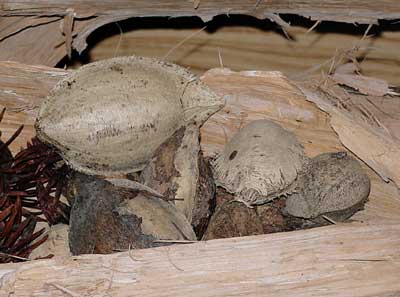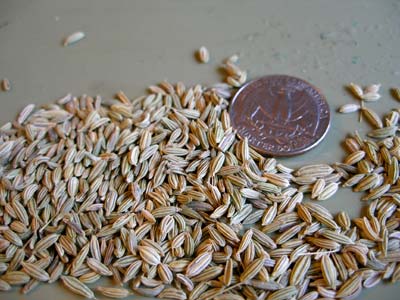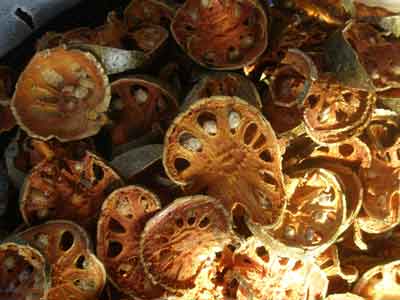
Tropical almond. The fruit looks similar to the almond and is usually pale green, though it may be reddish-purple. There is a fibrous seed containing a pointed kernel, or nut. It can be eaten fresh and raw, or cooked. It is sometimes difficult to remove the fibrous seed without damaging the nut. There is a thin covering of skin on the nut, and it is worth removing it as it can be very astringent. It is much prized in the Moghul cooking of northern India, they are eaten fresh or used in badam barfi, fudge-like sweets, or used to thicken sauces in dishes such as korma. They are grown in Kashmir and Afghanistan as they do not grow well in tropical regions. Elsewhere, cashew and other nuts are substituted.
A refreshing drink made with milk and crushed almonds and flavoured with two of the kings of spices, cardamom and saffron. It is very said to be soothing for dry coughs and in helping to heal boils in the mouth or throat area. The drink has become so popular that almost every corner store in Bangalore sells it. It is often served at weddings and other functions, with sweet dishes such as chiroti and pheni.

Fennel. In Indian cookery anise is not often used, though fennel seeds are. The two spices are often called by the same name.

Bael fruit; a close relative of the citrus. The fruit is about the size of, and has the appearance of a greyish-yellow orange with a thin woody rind. The floury pulp is pale orange in colour and has numerous seeds. Dried slices are soaked and boiled and the resulting liquid sweetened and drunk. Used for medicinal purposes.

Bael fruit; a close relative of the citrus. The fruit is about the size of, and has the appearance of a greyish-yellow orange with a thin woody rind. The floury pulp is pale orange in colour and has numerous seeds. Dried slices are soaked and boiled and the resulting liquid sweetened and drunk. Used for medicinal purposes.